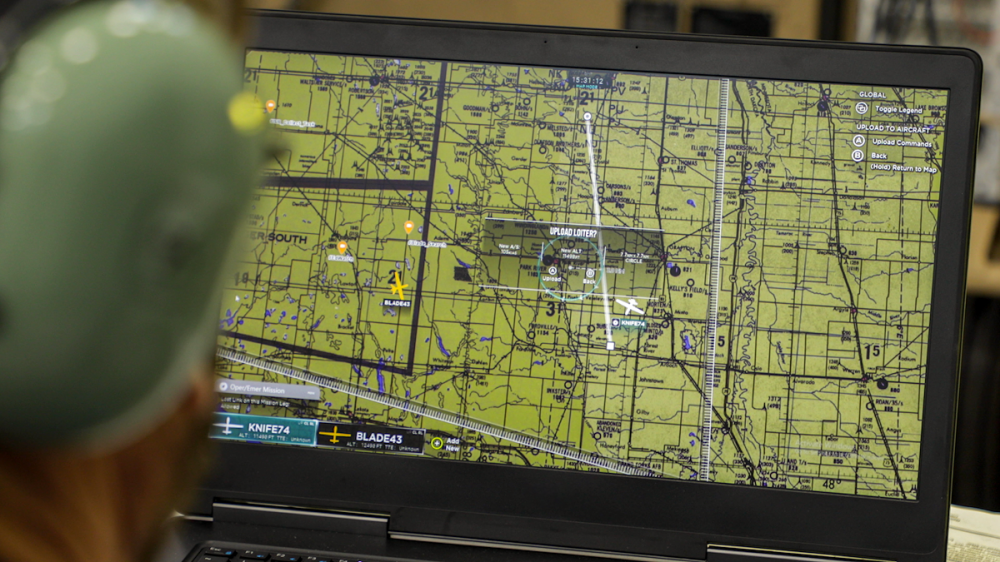On August 28th, General Atomics Aeronautical Systems, Inc. demonstrated its Multi-Mission Control (MMC) and Metis capabilities during a live flight using company-owned MQ-9 Block 1 and MQ-9 Block 5 Remotely Piloted Aircraft (RPA).
MMC enables a single pilot to control multiple MQ-9s for transit operations and routine Intelligence, Surveillance and Reconnaissance (ISR) missions using a streamlined graphical user interface and lightweight hand controller. Metis seamlessly integrates joint force ISR tasking requirements with the MMC to dynamically task MQ-9 assets, as well as report task status and share ISR information using a social media-like interface.
“These capabilities have the potential to dramatically increase the effectiveness and efficiency of the U.S. Air Force’s MQ-9 enterprise by relieving aircrew manning requirements during certain flight profiles,” said David R. Alexander, president, GA-ASI. “MMC and Metis, when combined with SATCOM Launch and Recovery and our Advanced Cockpit, will reduce aircrew manning by 50 percent.”
As with GA-ASI’s Advanced Cockpit, these capabilities employ an open architecture designed that integrates Artificial Intelligence-based functions such as automatic ISR data processing and natural language processing for automated communications. This open approach enables rapid integration that can be applied to other capabilities like those using the Open Mission System (OMS) standard, and other aircraft like the MQ-1C Gray Eagle.
MMC is an important evolution in the way operators control RPA. Using a single pilot to operate multiple aircraft enables more efficient use of manpower when conducting current MQ-9 operations by increasing loiter time for highly tasked MQ-9 crew force or expanding missions provided in support of the Combatant Commander.
Metis enhances communications between supported units, aircrew, and intelligence cells, making the ISR lifecycle faster and more efficient.
The MMC and METIS flights demonstrated a Technology Readiness Level (TRL) 7 capability. In a case when one MMC aircraft is dynamically tasked to perform a strike mission or a more dynamic ISR mission, the system allows seamless handoff of the aircraft to a dedicated Ground Control Station where the mission execution crew can prosecute the new tasking. Both MMC and METIS can be used across military forces and for non-defense applications.
The demonstration flights were performed with the cooperation of the FAA, and under the Certificate of Waiver or Authorization granted to GA-ASI’s Flight Test & Training Center (FTTC) in Grand Forks, North Dakota.
Source: Press Release

